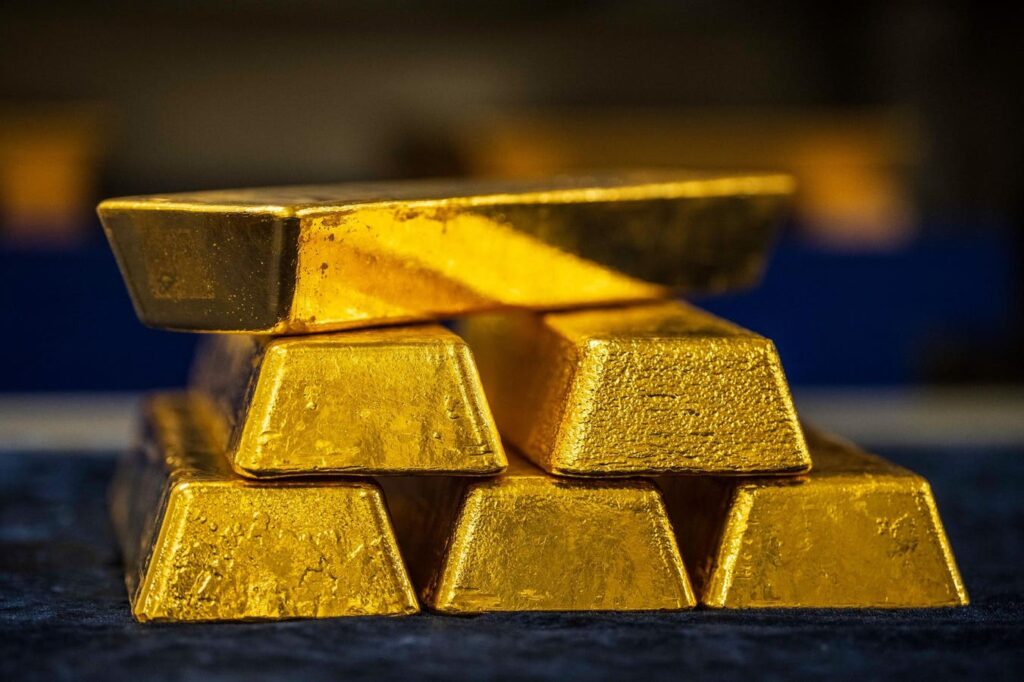Some 95% of respondents to a World Gold Council (WGC) survey expect central banks’ gold reserves to increase over the next 12 months, according to an organisation report.
Expectations have steadily risen in recent years, the council’s research shows. The figure stood at 81% last year, 71% in 2023 and 61% in 2022.
The study also showed that 43% of a total of 72 respondents “also believe that their own gold reserves will also increase over the same period and none anticipate a decline in gold holdings.”
This is up from 29% last year and represented an all-time high.
The group of central banks that expect to raise their own bullion reserves was dominated by institutions in emerging and developing markets.
Some 48% (28 out of 58) of central banks in these regions expect to increase their yellow metal holdings over the next year. This compares with 21% (3 out of 14) in advanced economies.
Proportional Expectations
Meanwhile, the majority of respondents (72%) to the WGC’s survey believe the proportion of central banks’ total reserves that are denominated in gold will be “moderately higher” five years from now.
That’s up from 66% in 2024, and 59% and 46% in 2023 and 2022 respectively.
The number of respondents who think the proportion will be “significantly higher” has also spiked over the period, and currently stands at 4%.
Active Management Rises
The survey also revealed a rise in the number of respondents who actively manage their gold reserves. This stands at 44% (based on 59 respondents) versus 37% last year.
The WGC said that “while enhancing returns remained the primary reason for this, risk management leapfrogged tactical trading as the second most selected reason.”
Some 85% said they actively managed their bullion holdings to enhance returns, with 22% using it to manage risk. Tactical trading accounted for 15%.
Explaining their most relevant reasons for holding gold, 85% said it was due to the metal’s performance in times of crisis.
This retraced slightly to 81% for bullion’s role as an effective portfolio diversifier, and 80% for its position as a long-term store of value.
High Prices Dent Central Bank Buying
The WGC conducted its survey between 25 February and 20 May. During the period, the safe-haven metal struck fresh record peaks above $3,500 per ounce.
It’s retraced since then and was last at $3,396.60, still up 29% since the turn of 2025. Fears over the economic impact of crushing trade tariffs, a worsening geopolitical landscape, and US dollar weakness have all fuelled the precious metal’s price ascension.
Most recent WGC data on central bank activity showed these organisations purchase a net 12 tonnes of gold in April. This was the second straight month of slower accumulation, and down 12% from the previous month.
Explaining the decline, the WGC said that “while the rally to multiple new record highs is unlikely to deter central banks from buying gold – as they tend to be more strategic in nature – it could explain some of the deceleration in the pace of monthly net buying.”
Read the full article here

